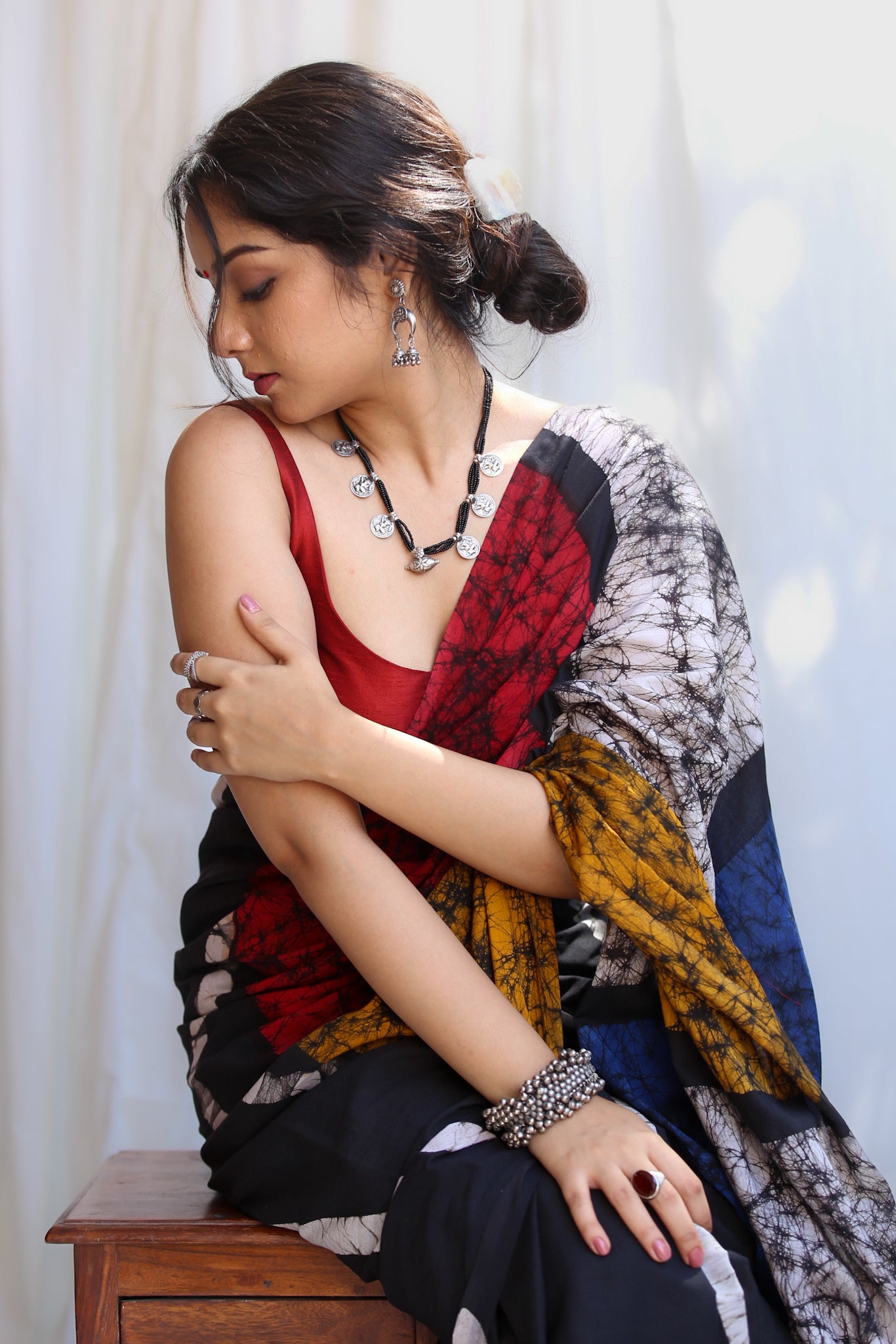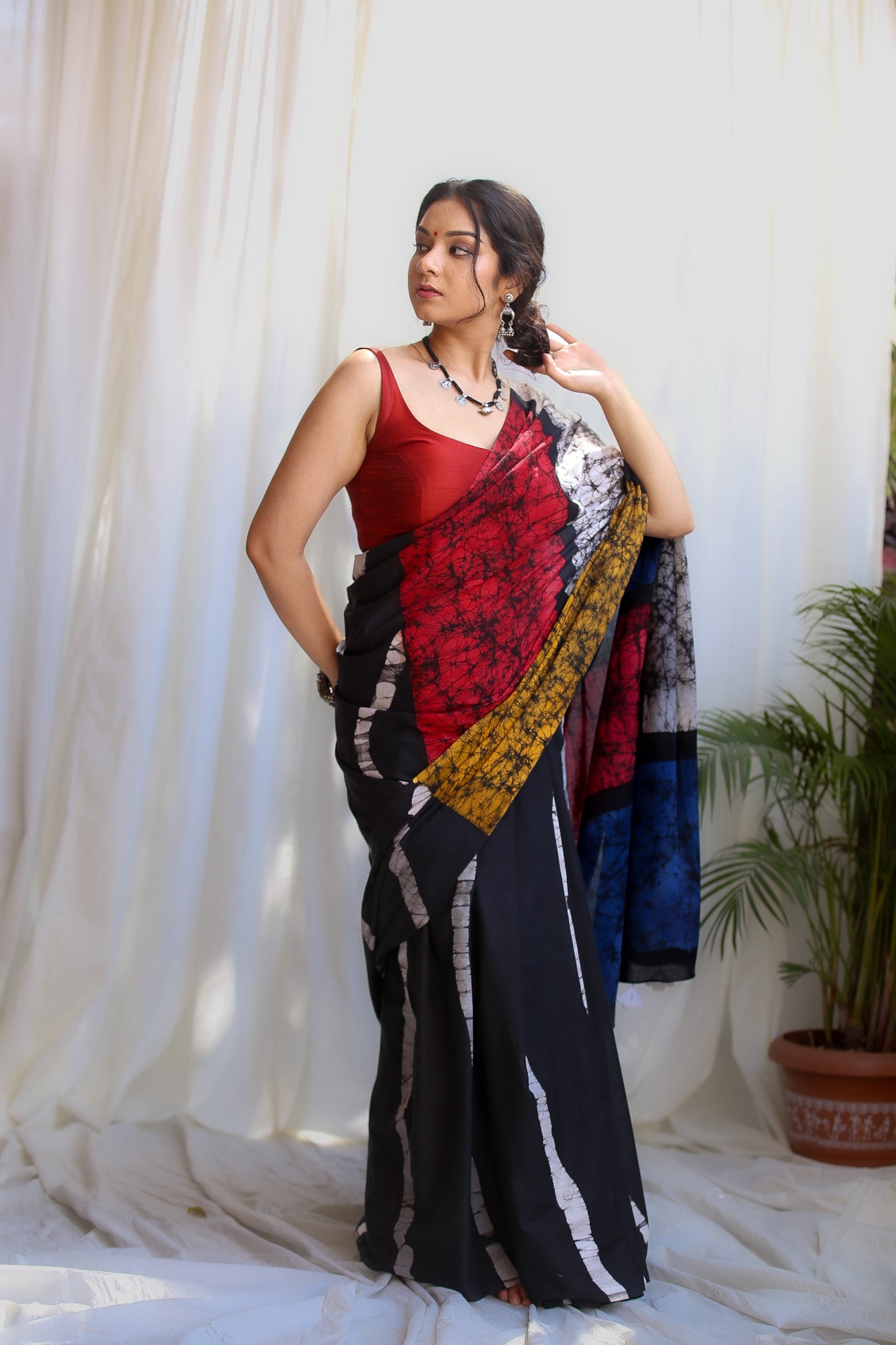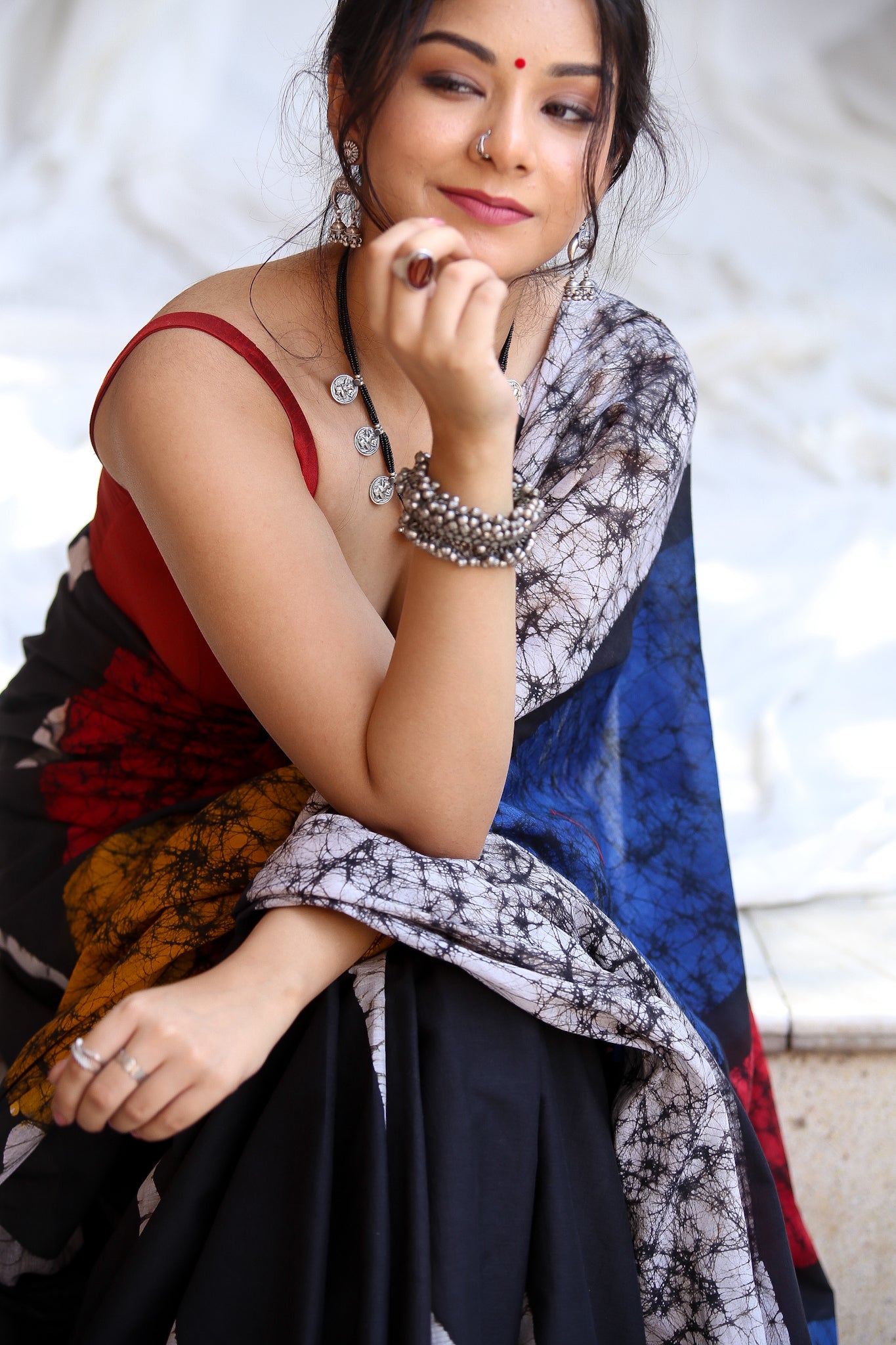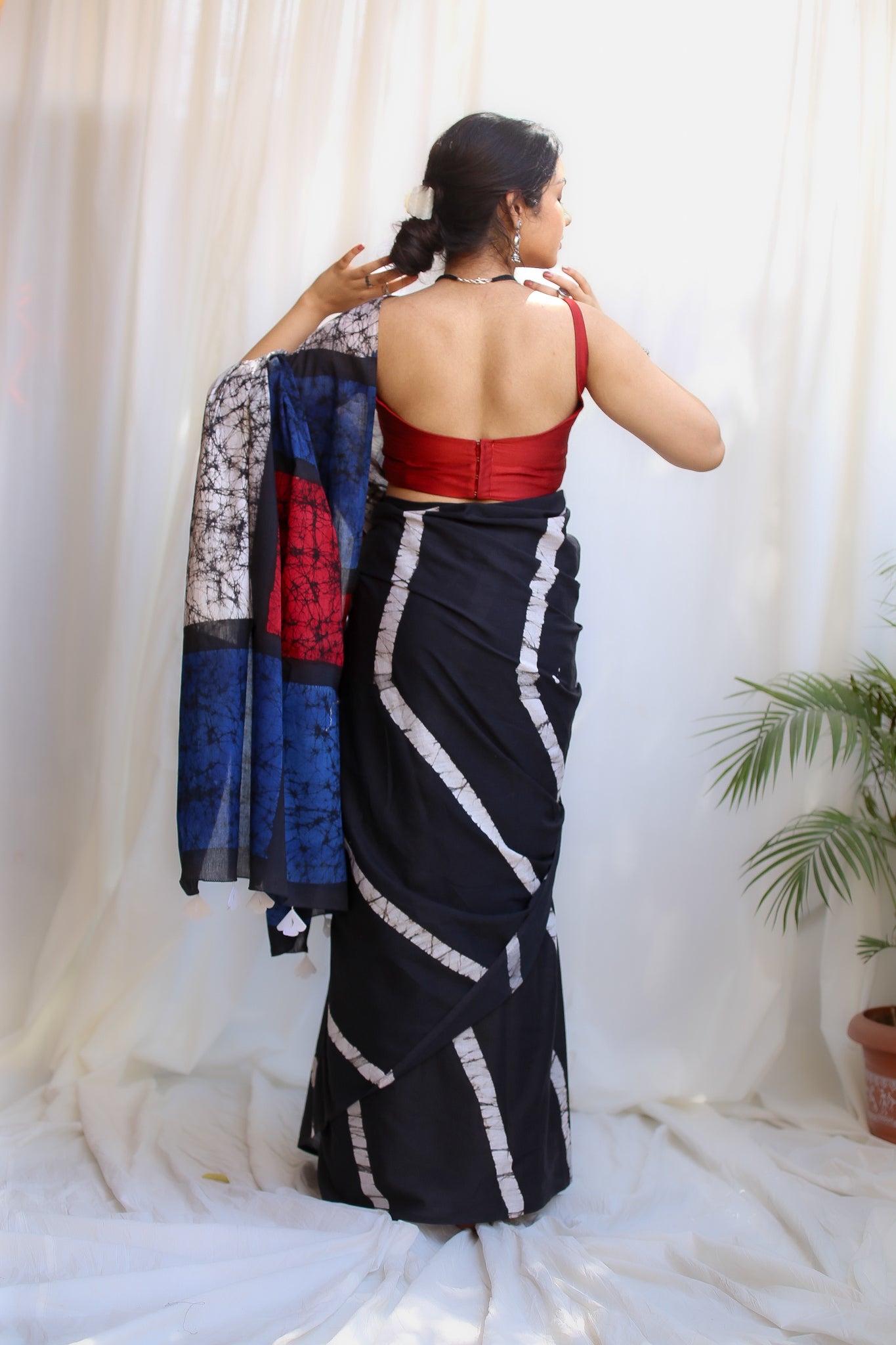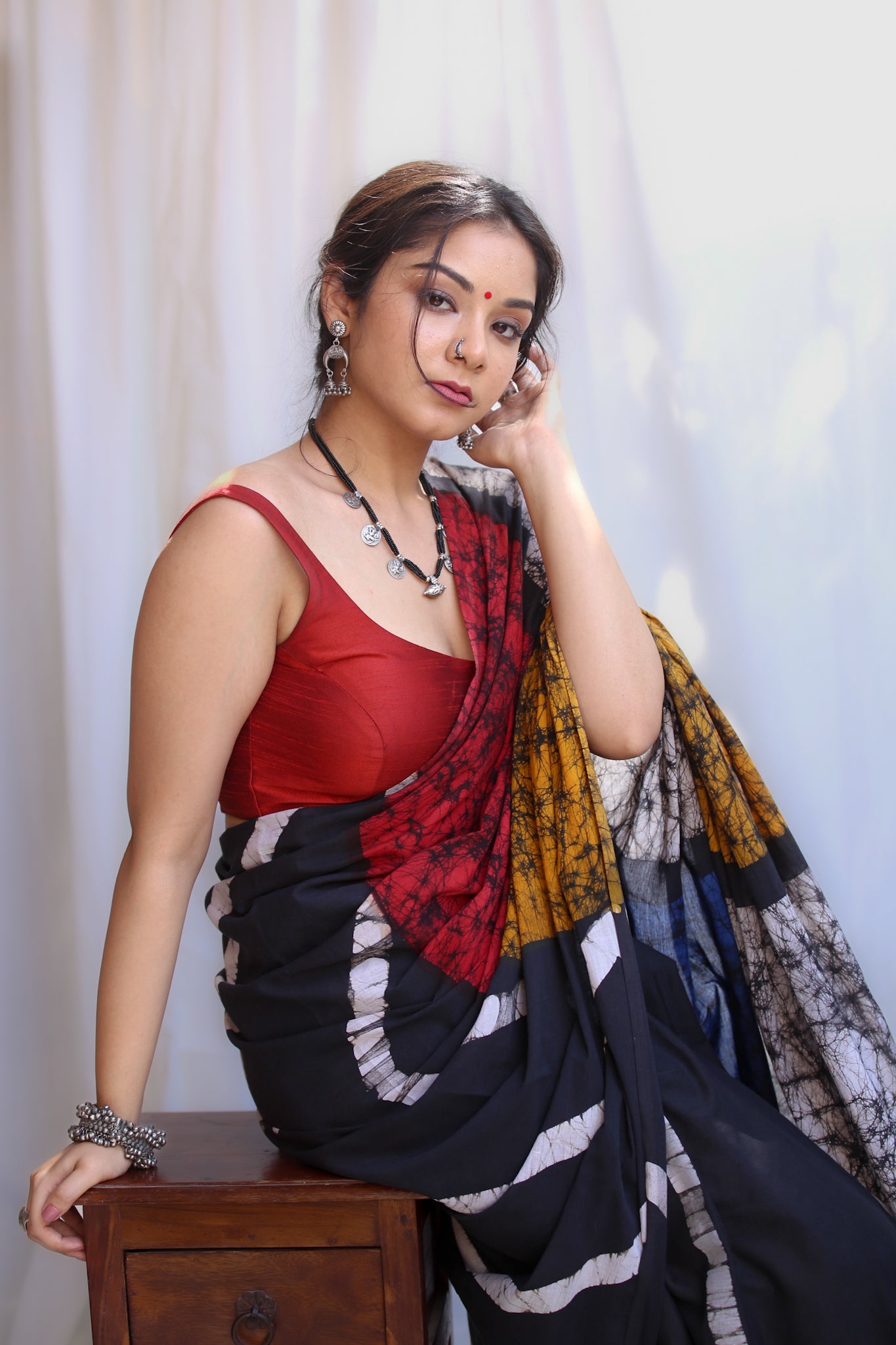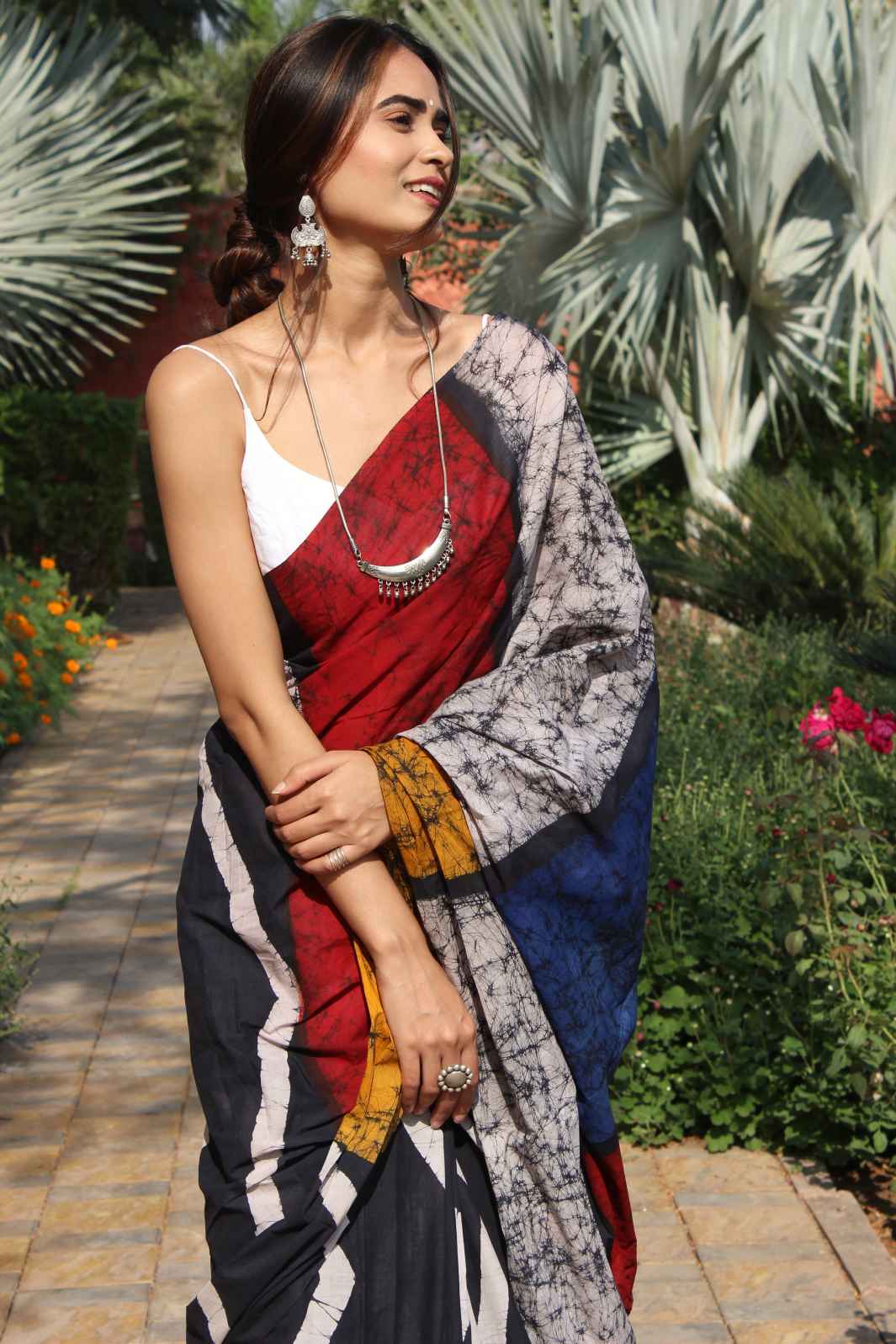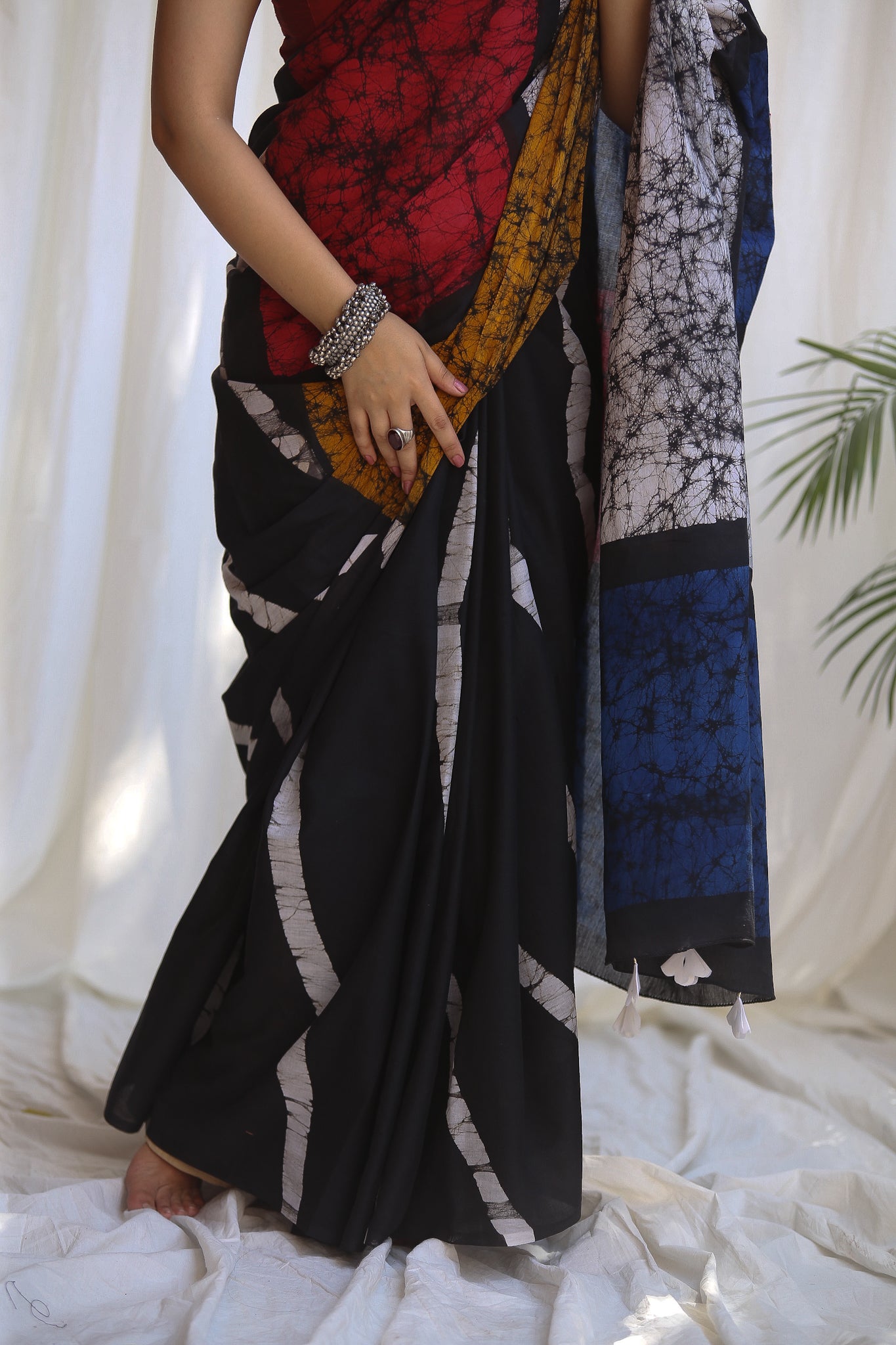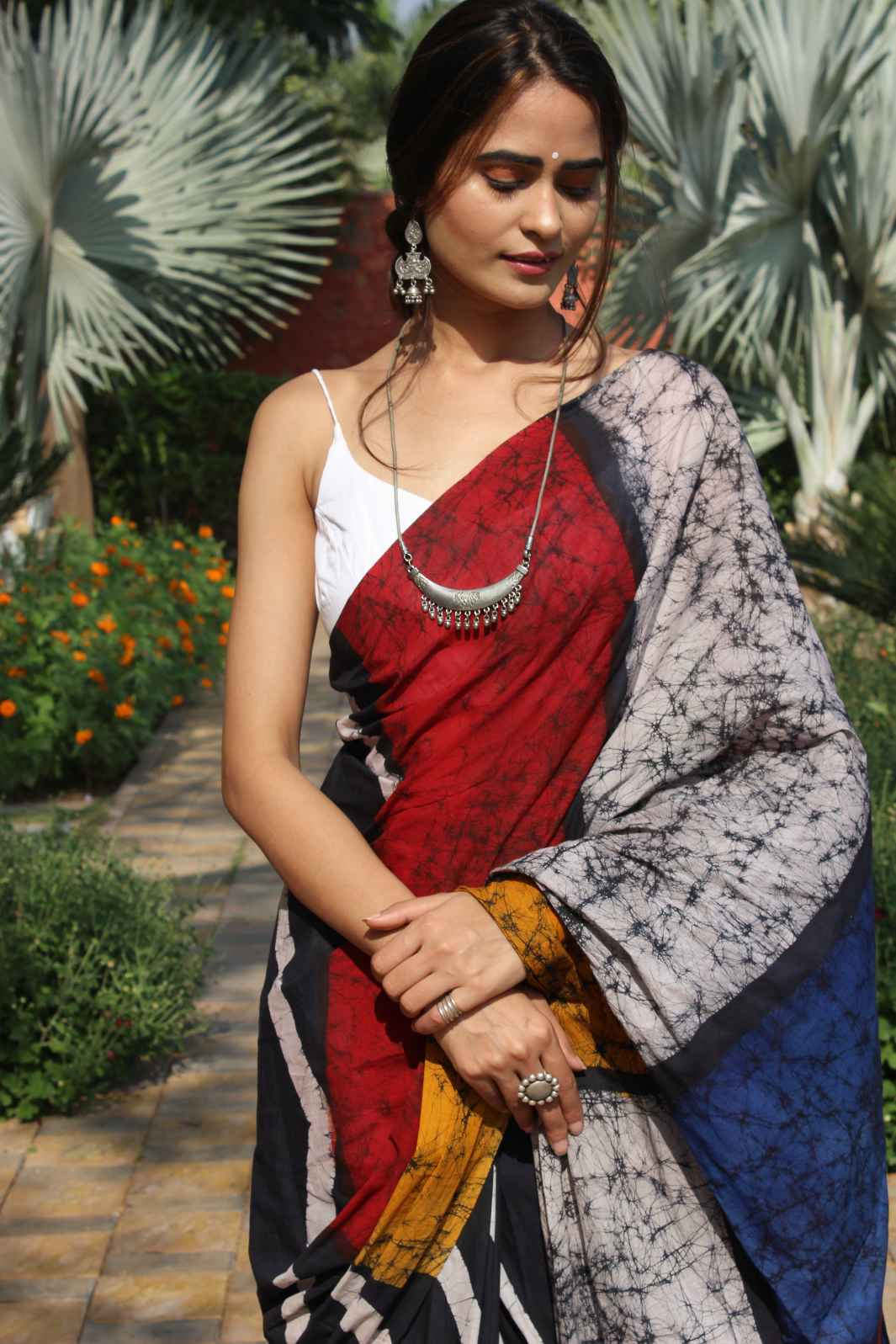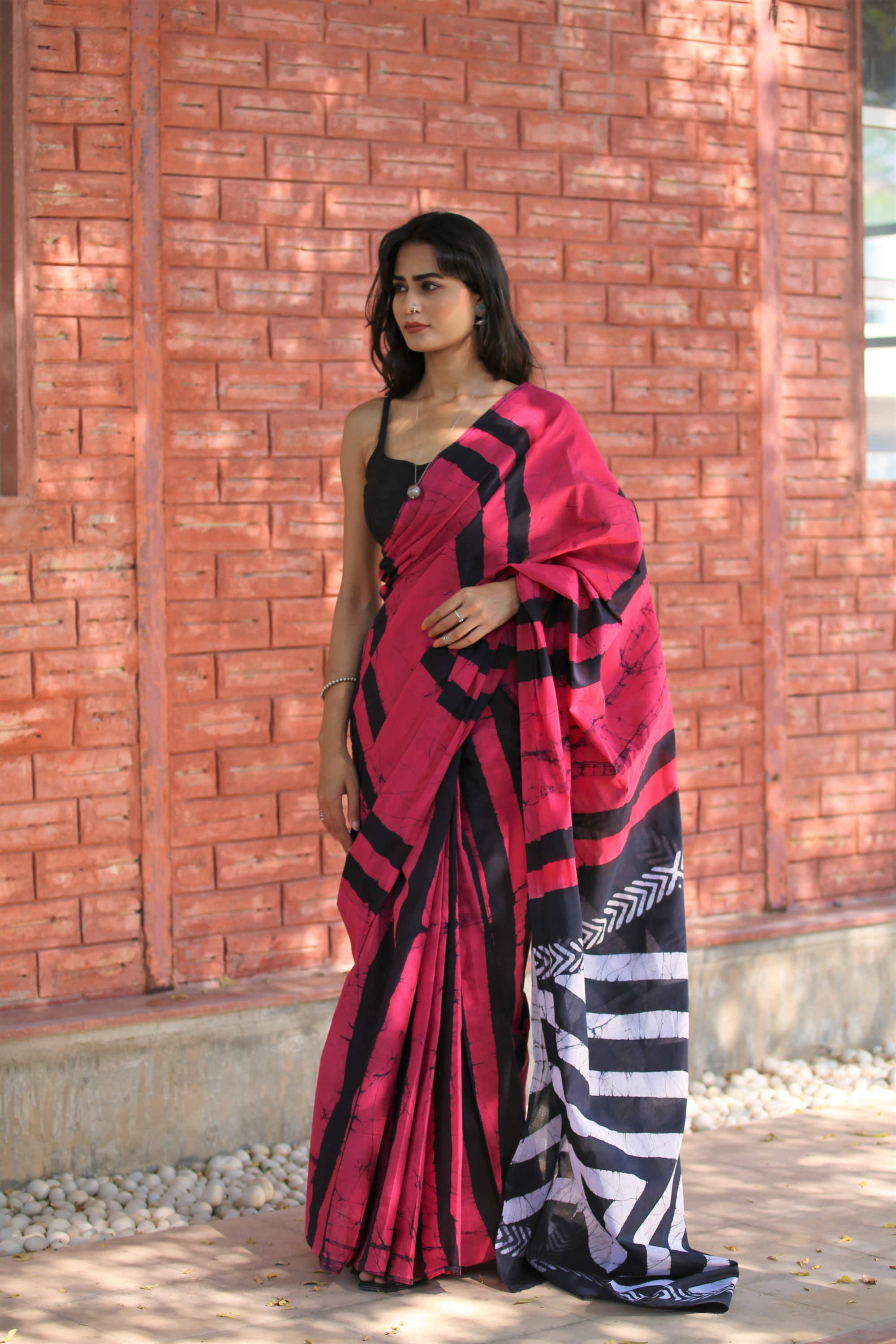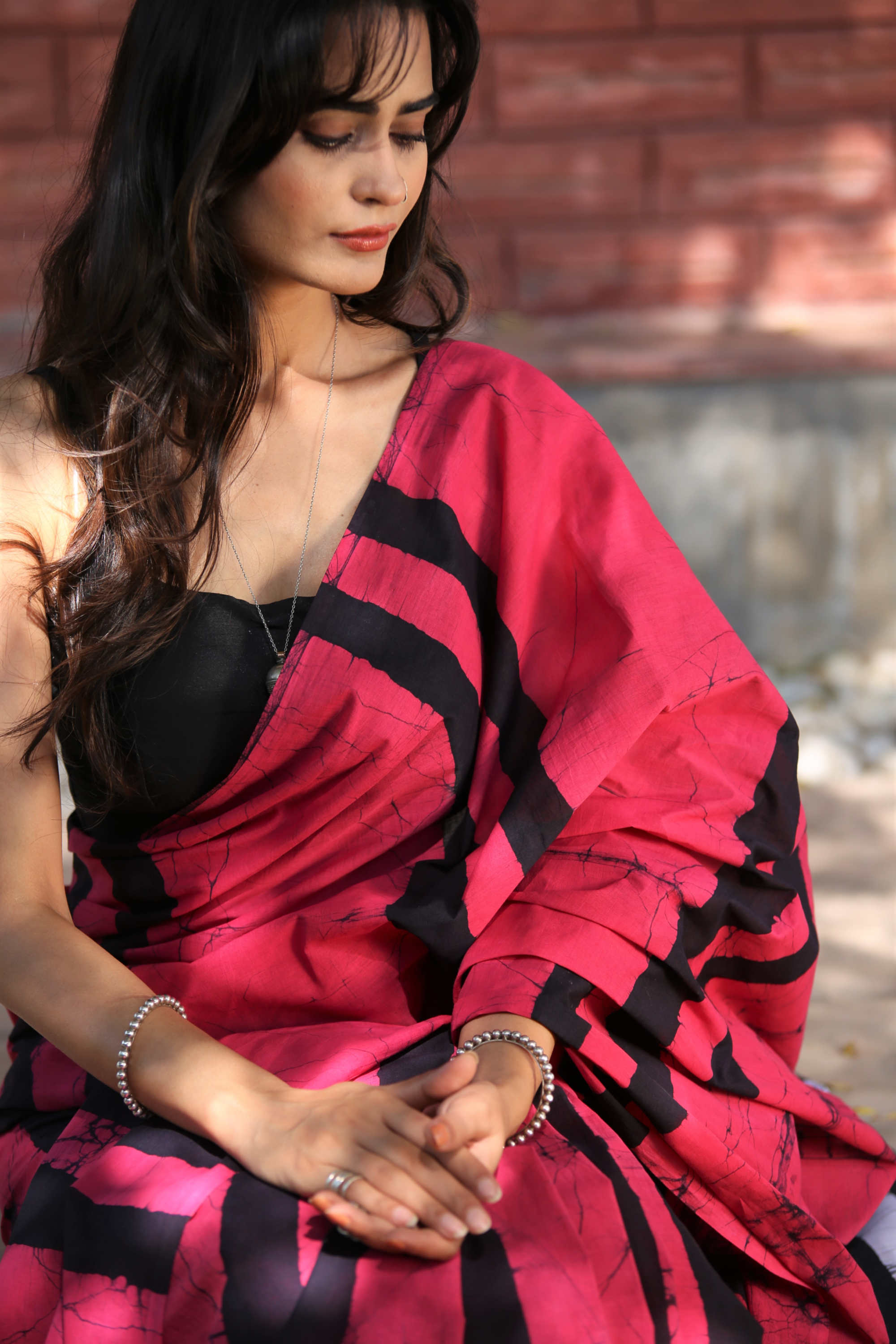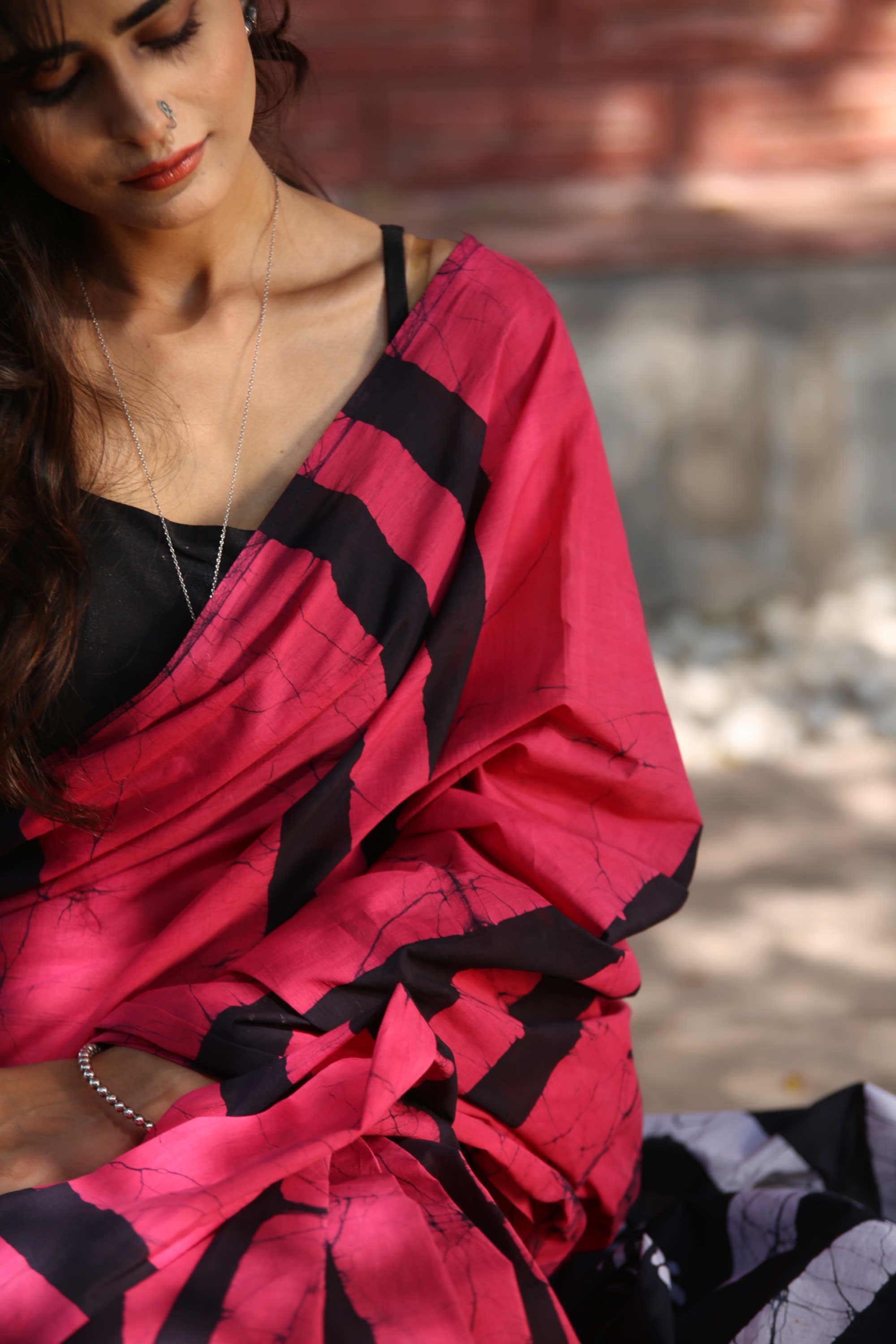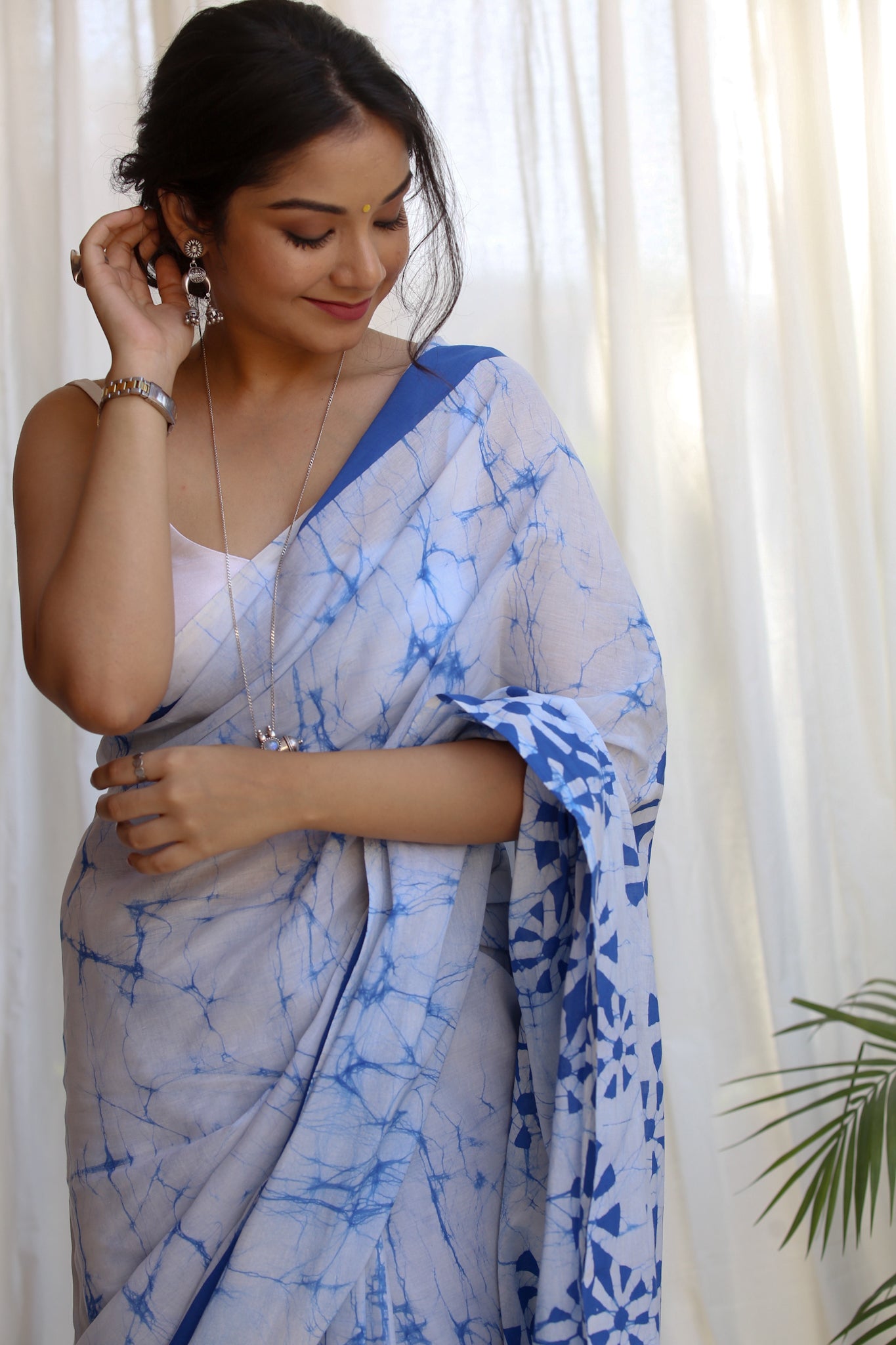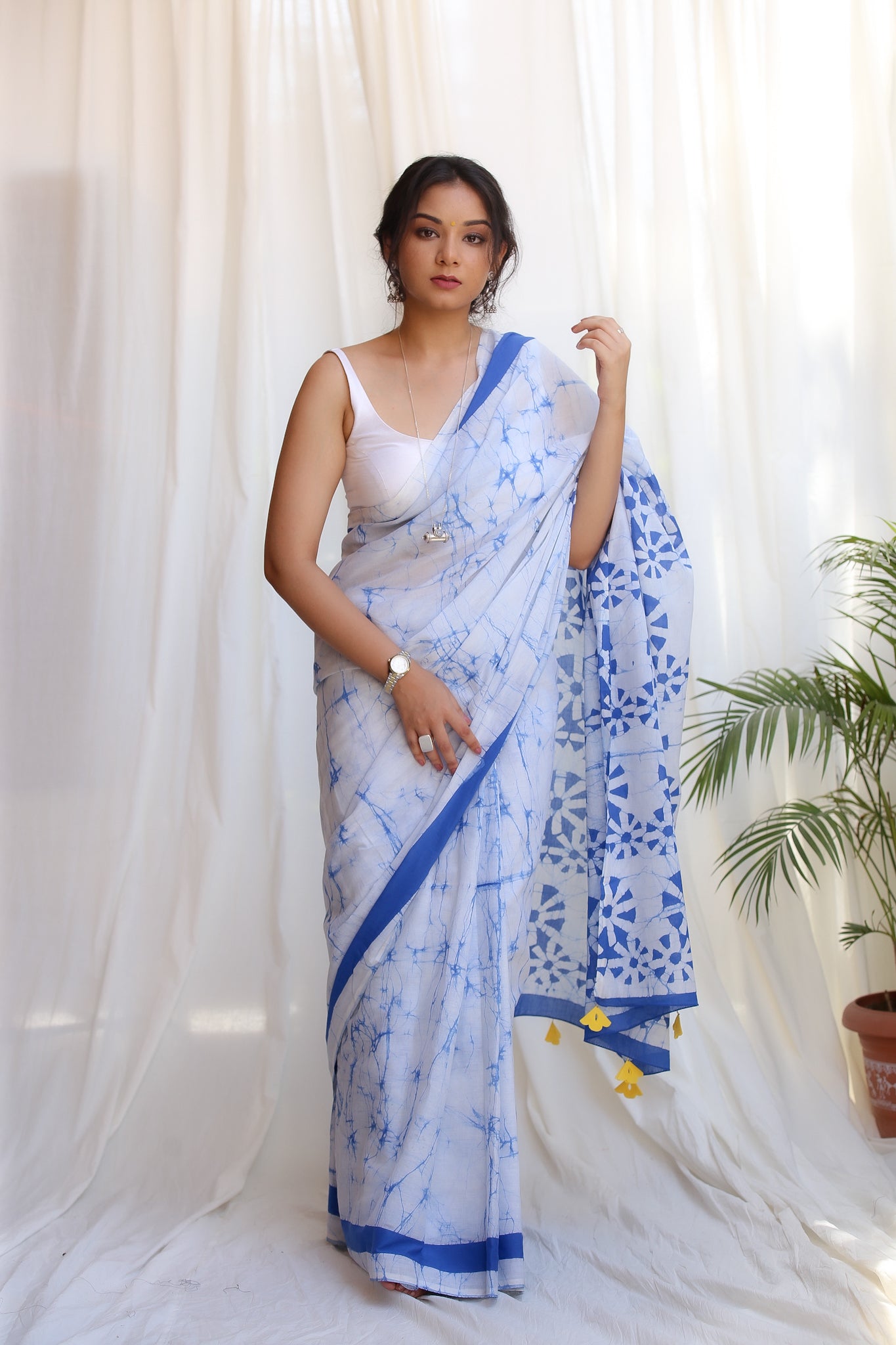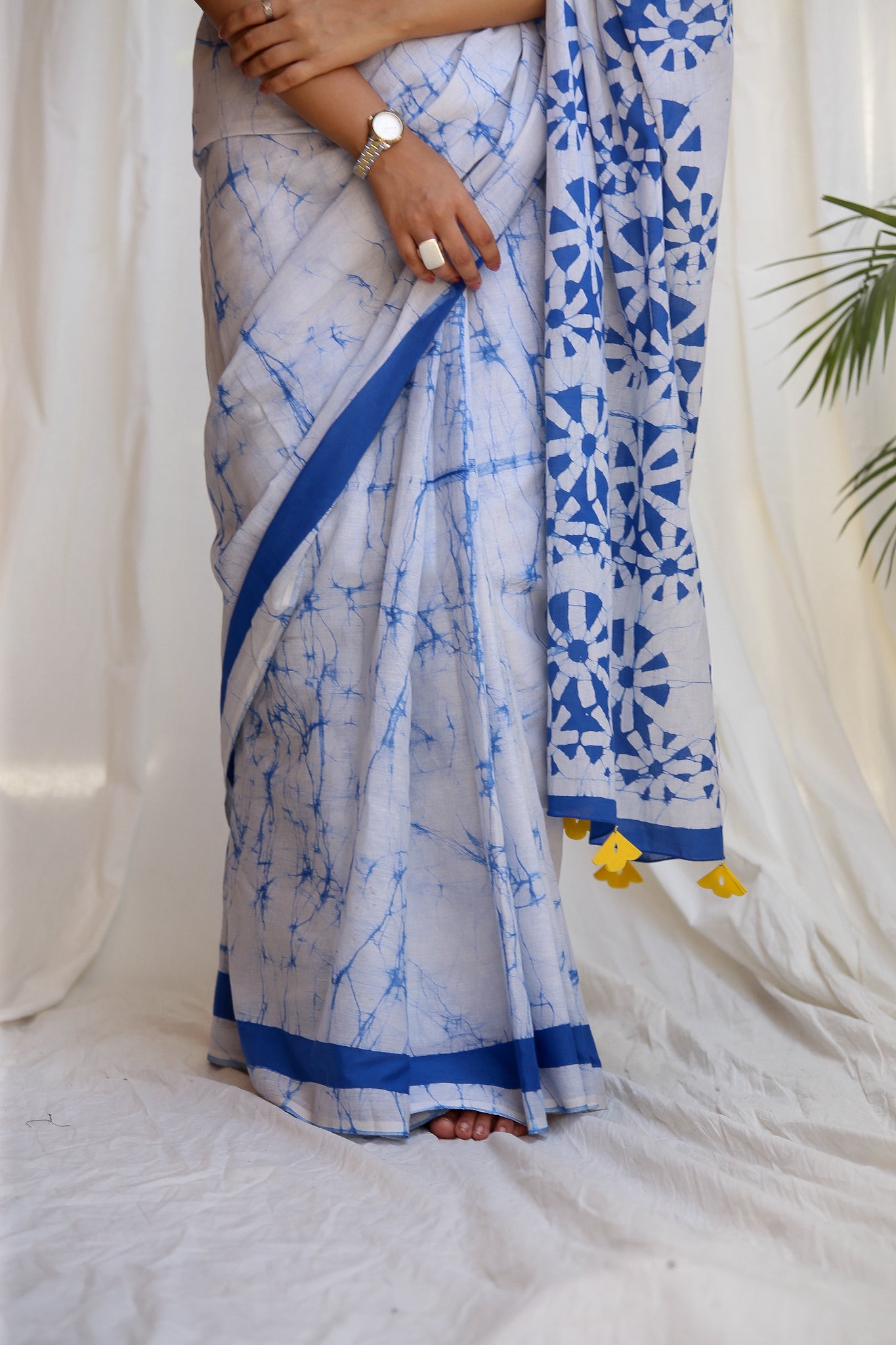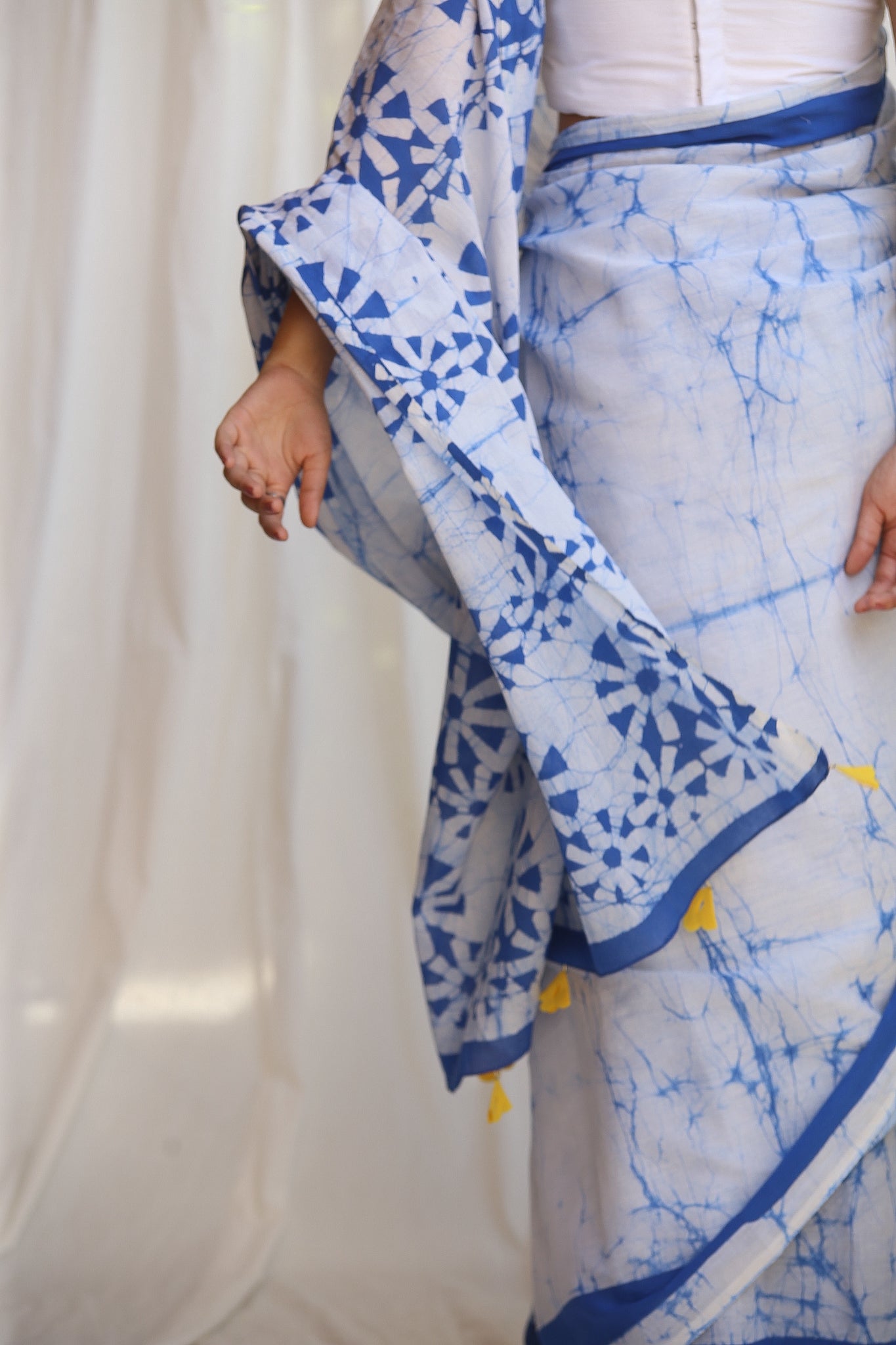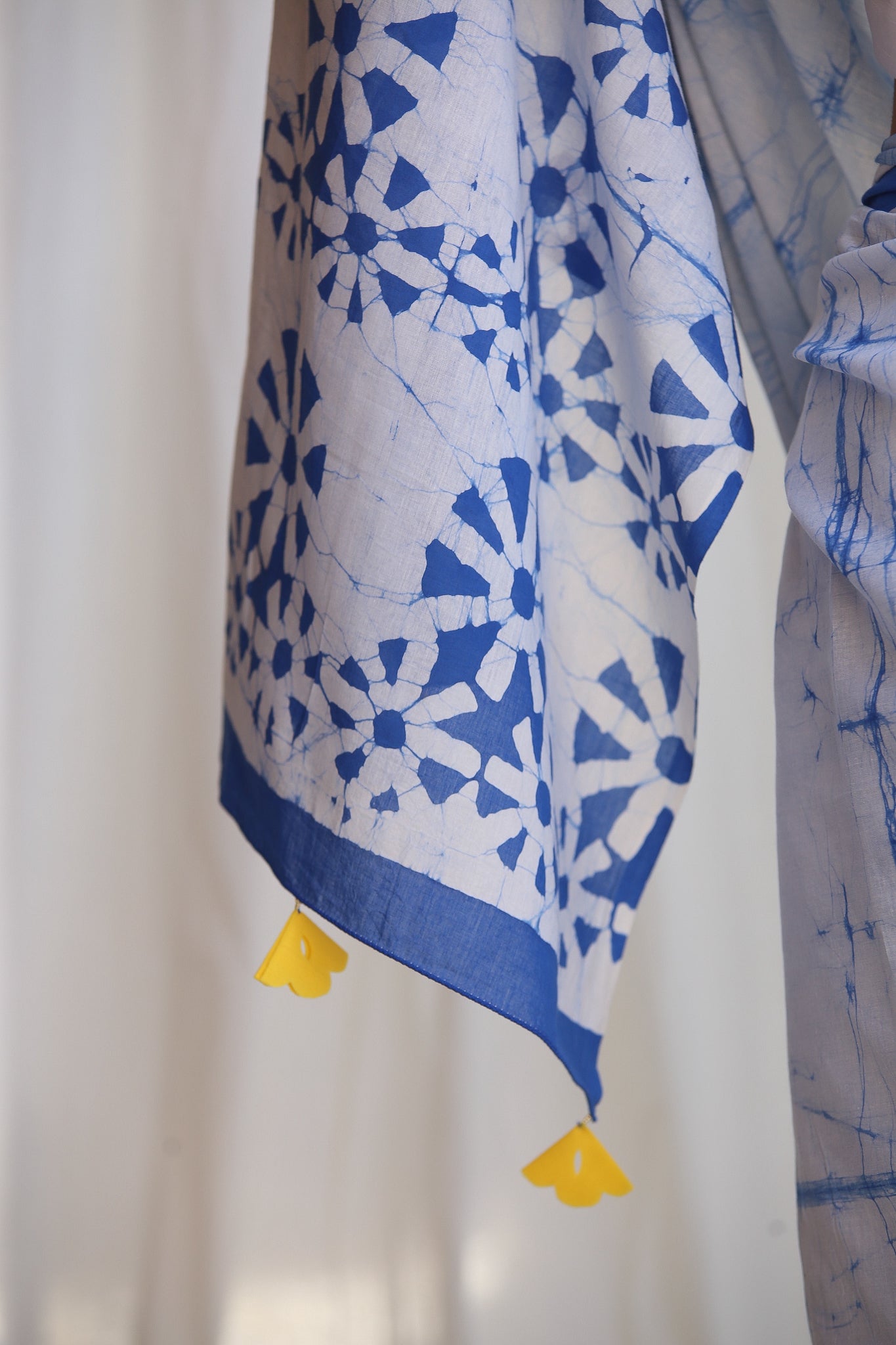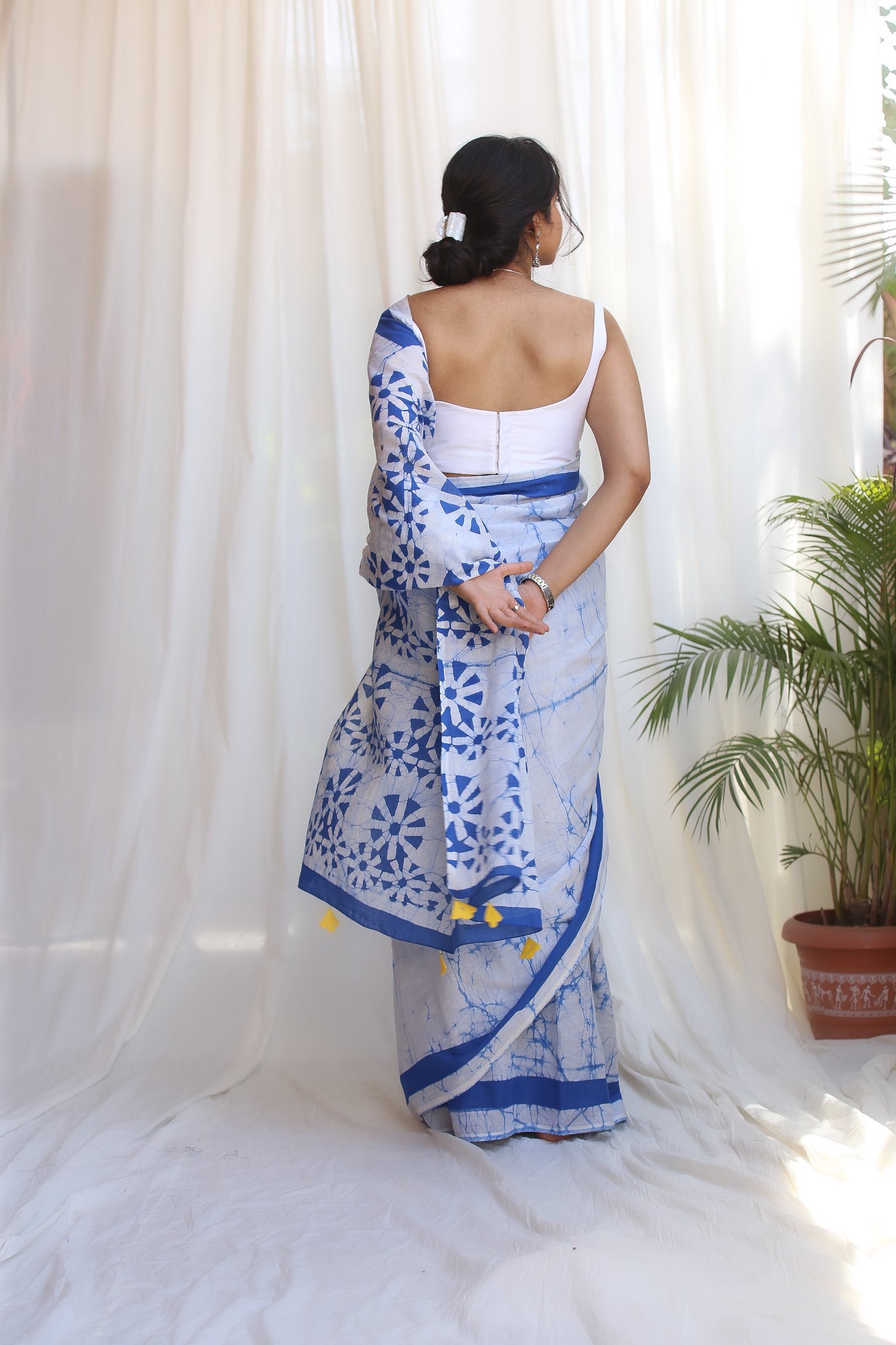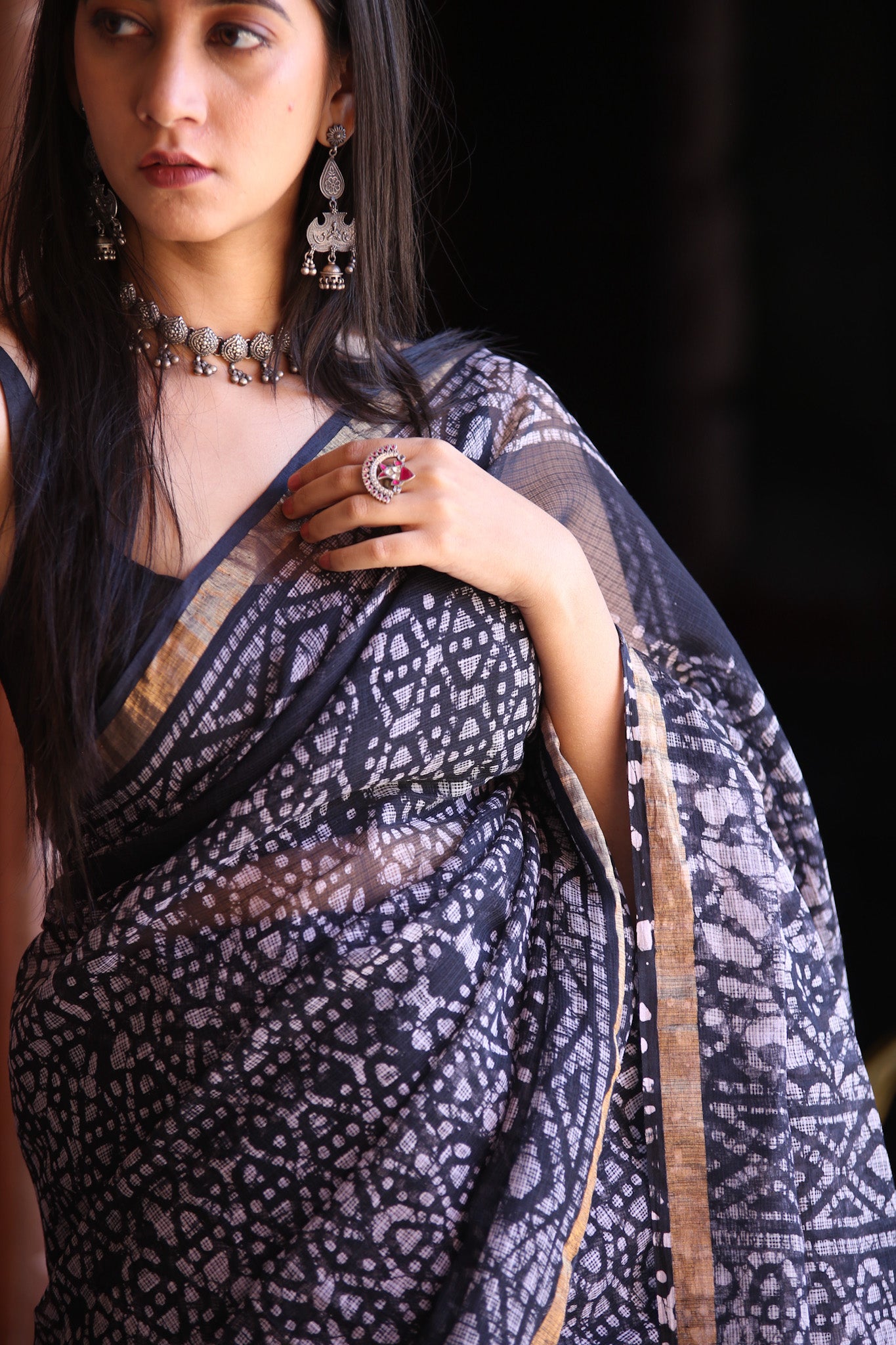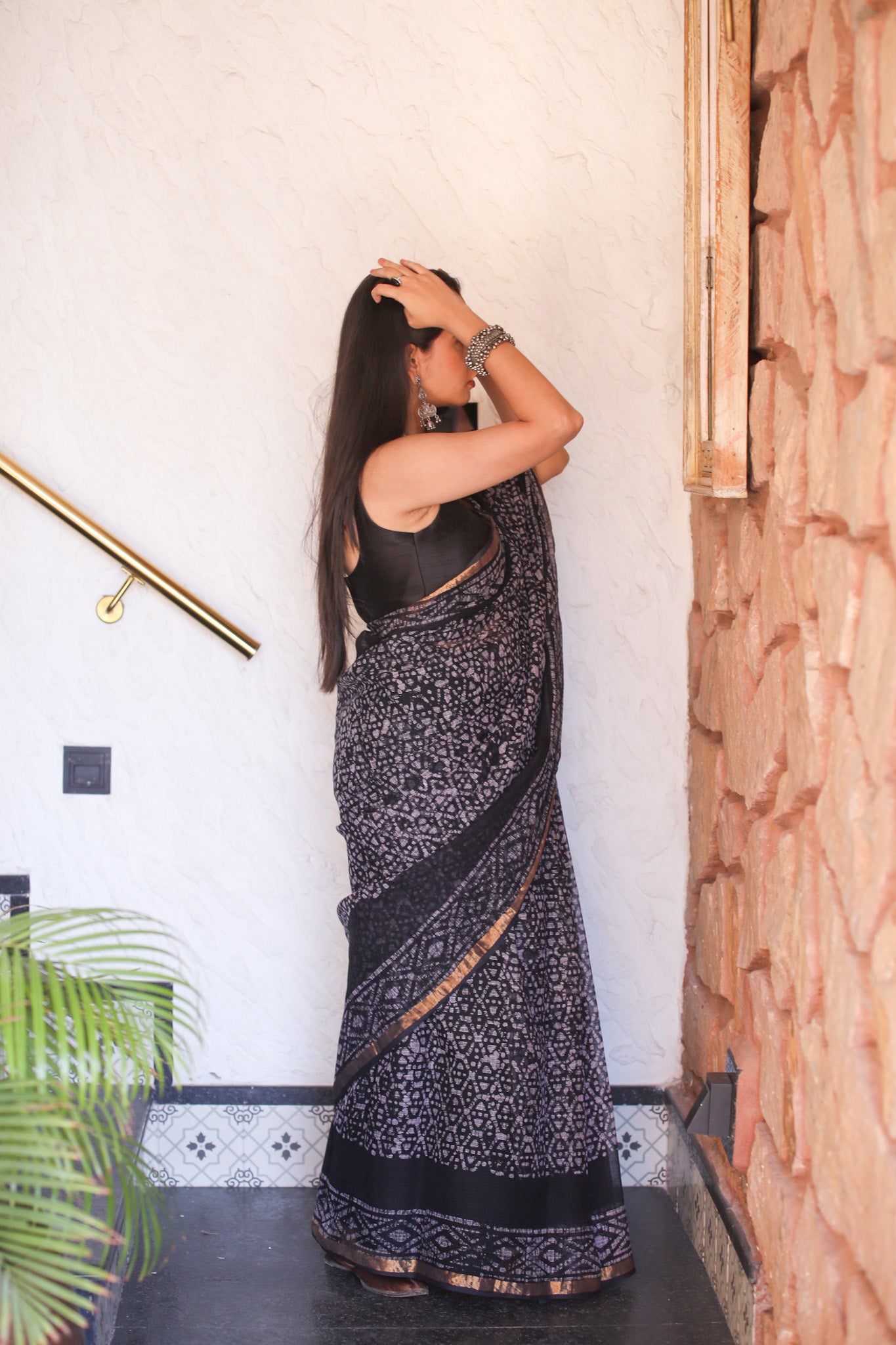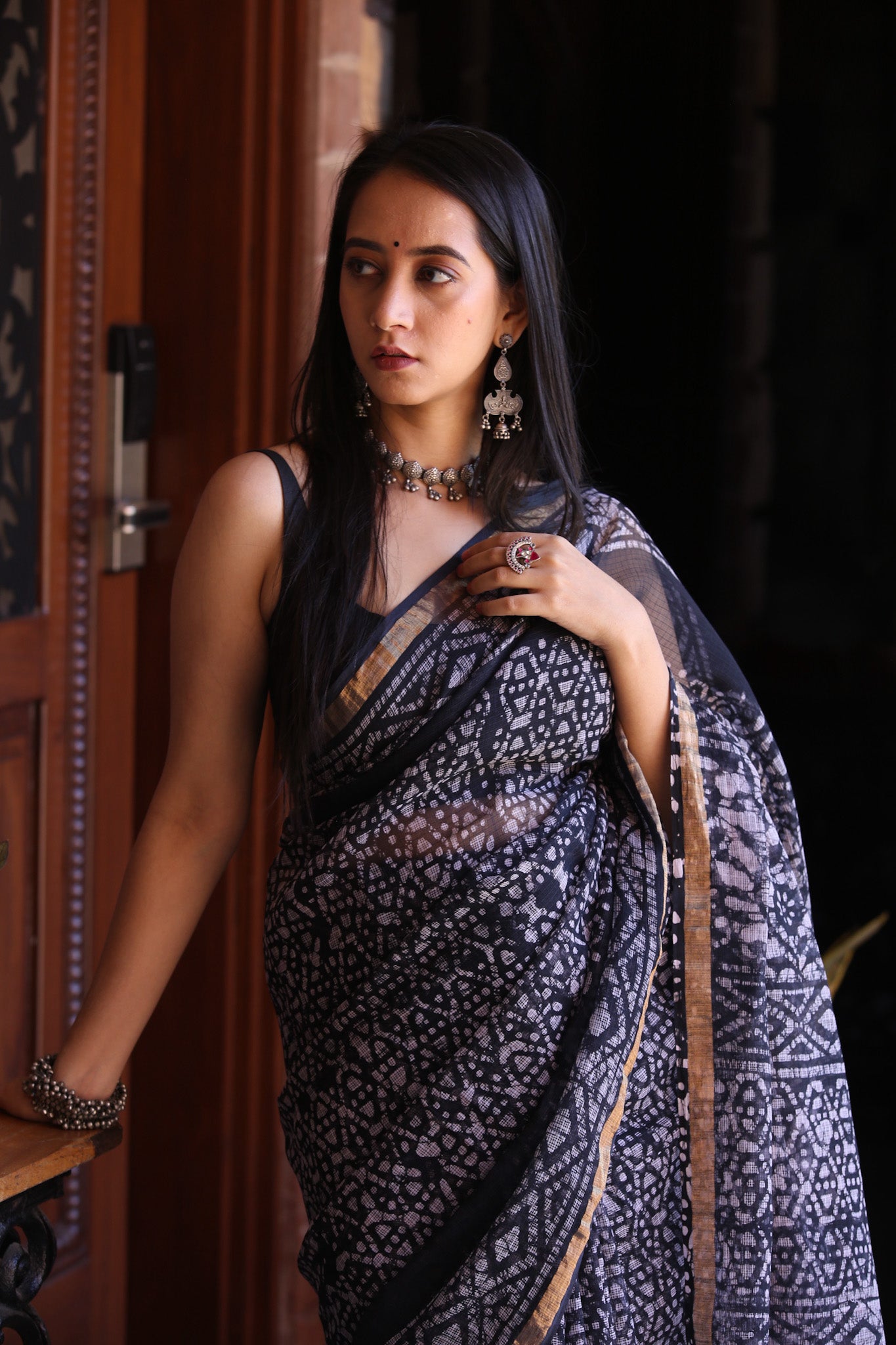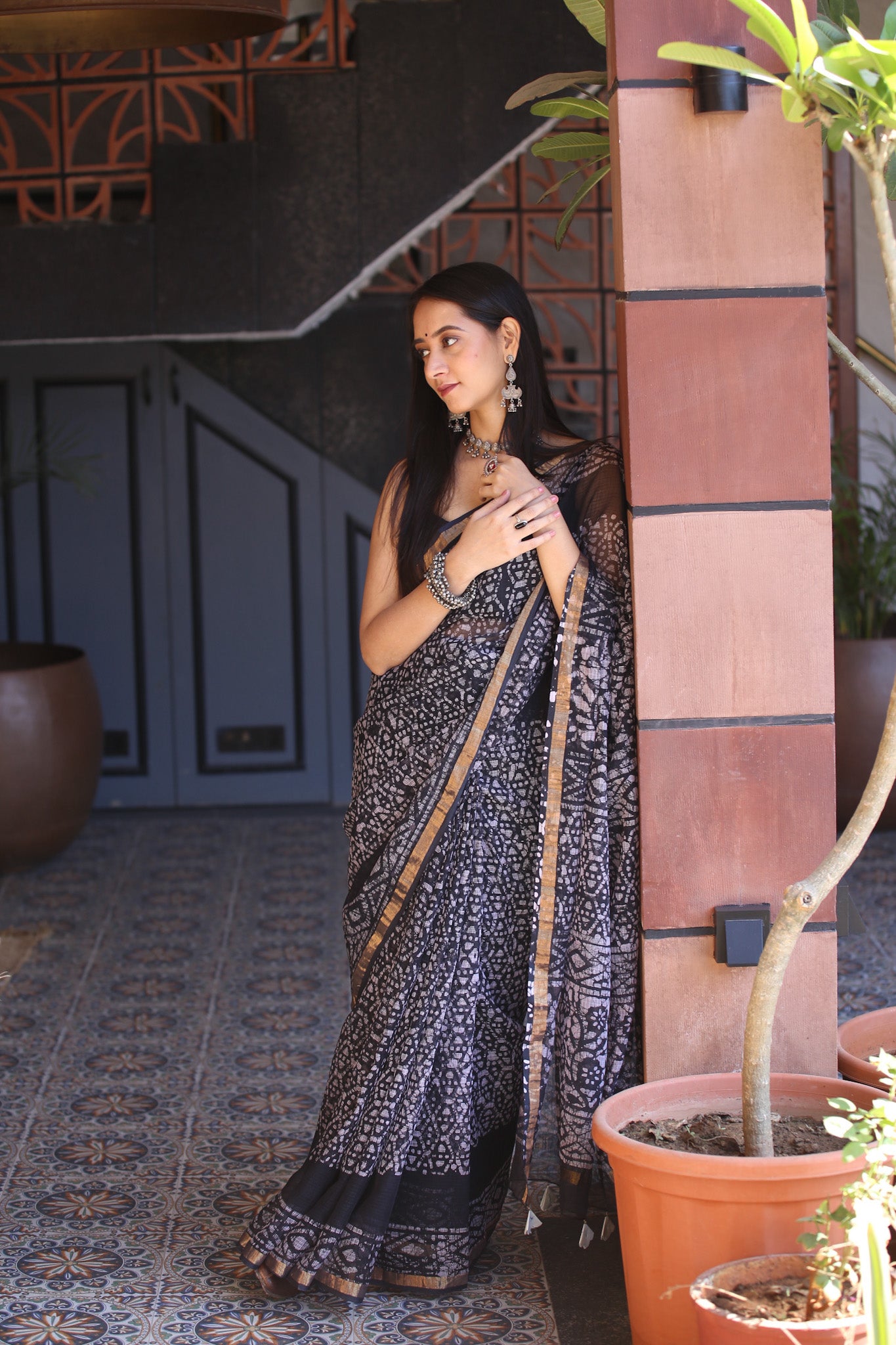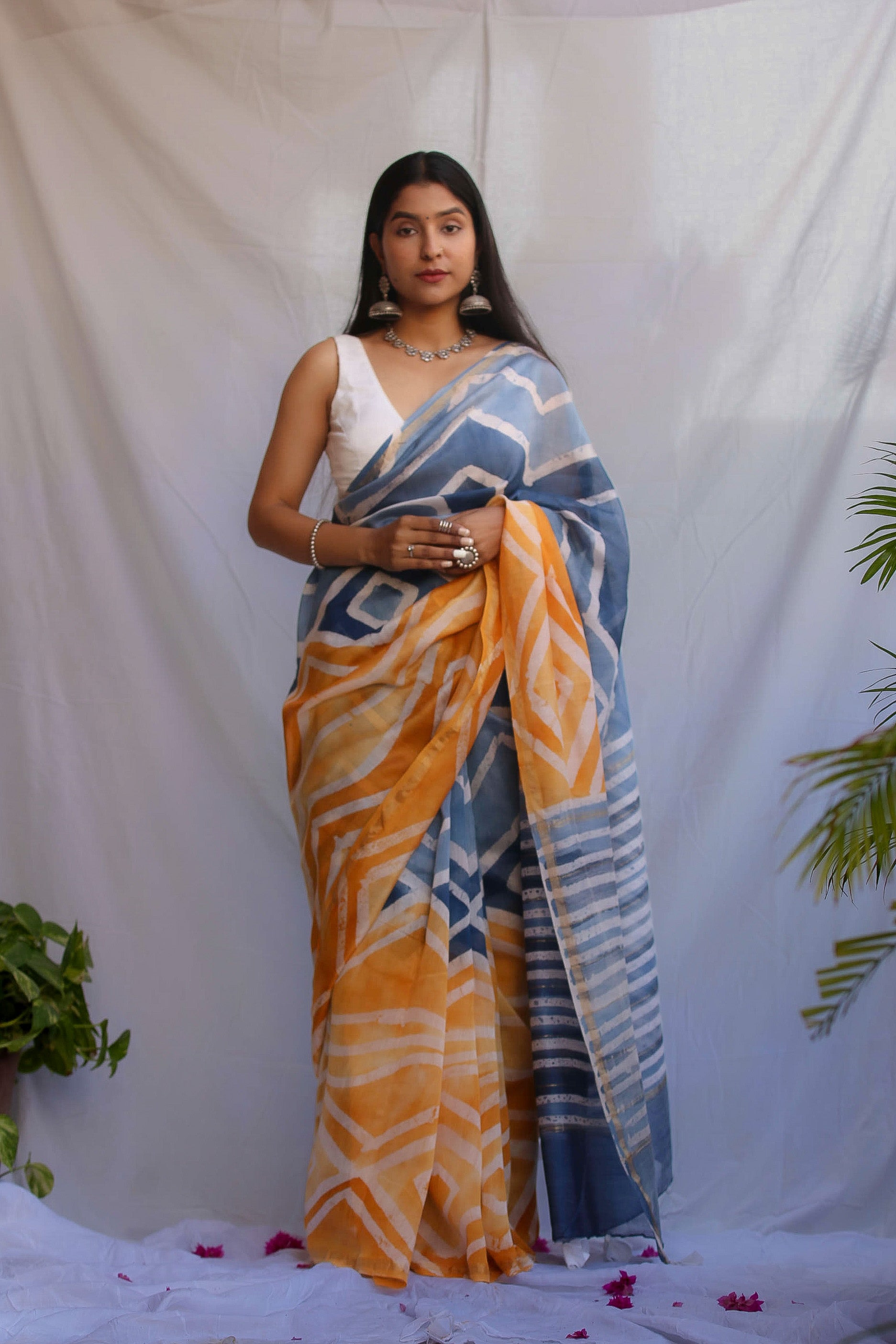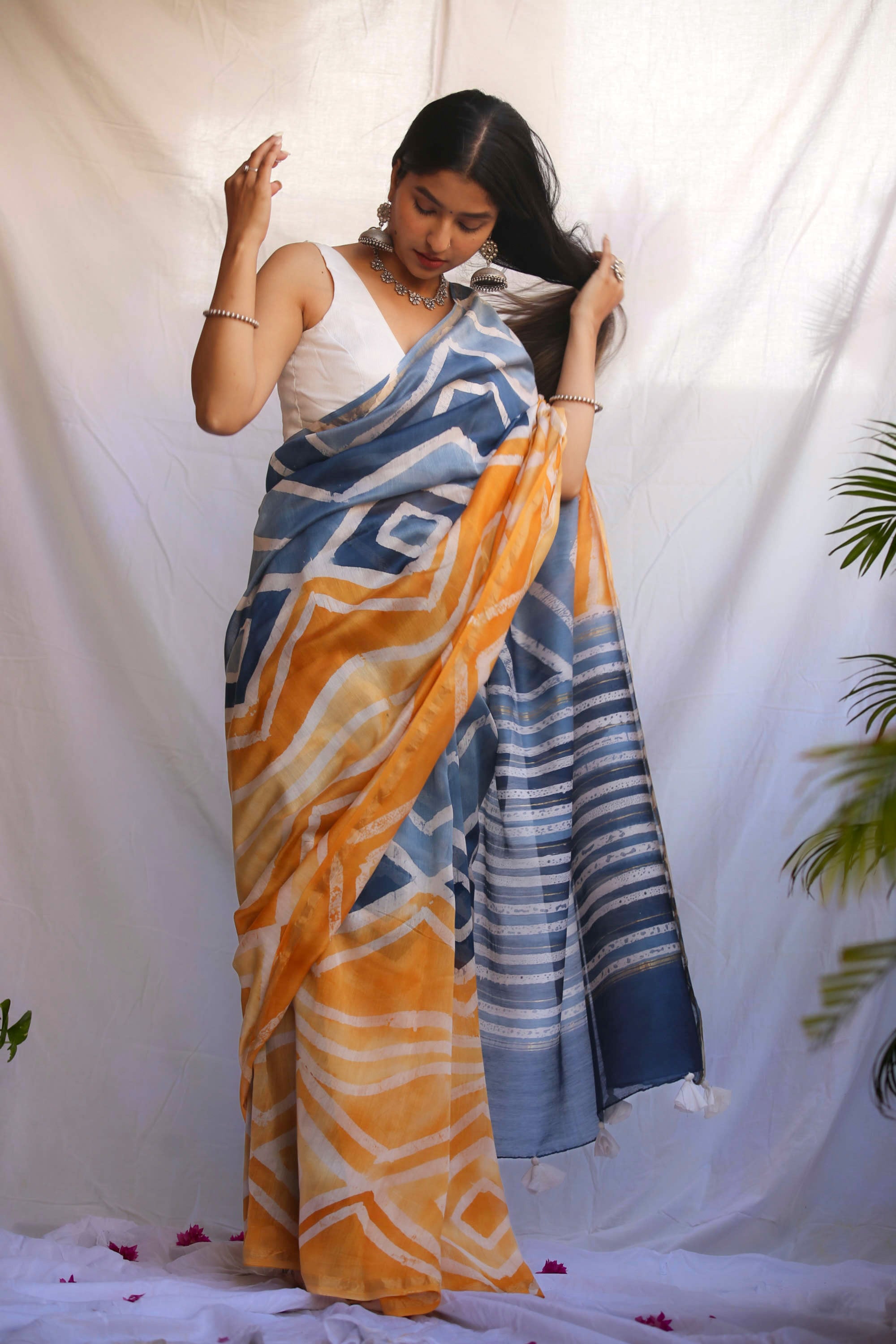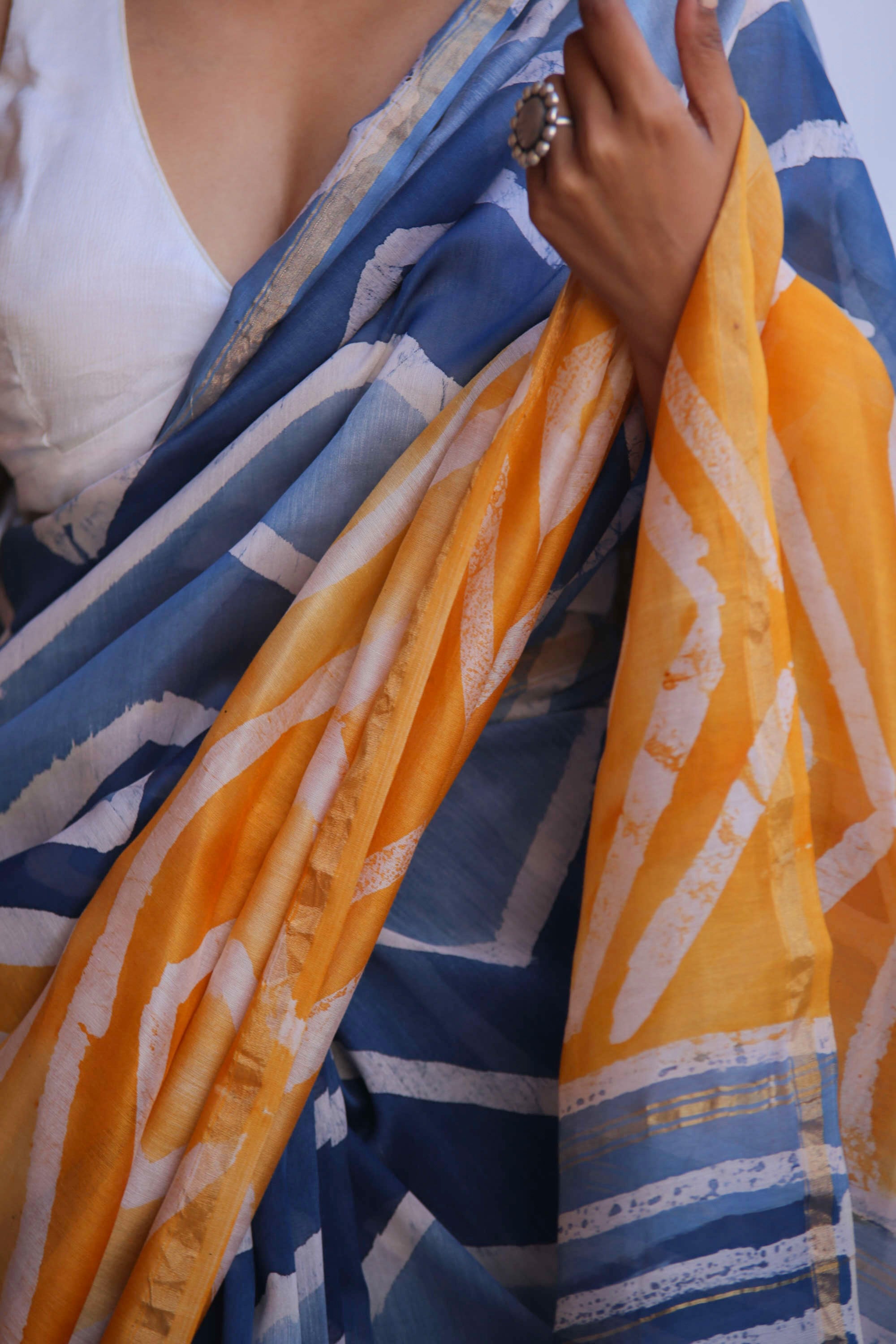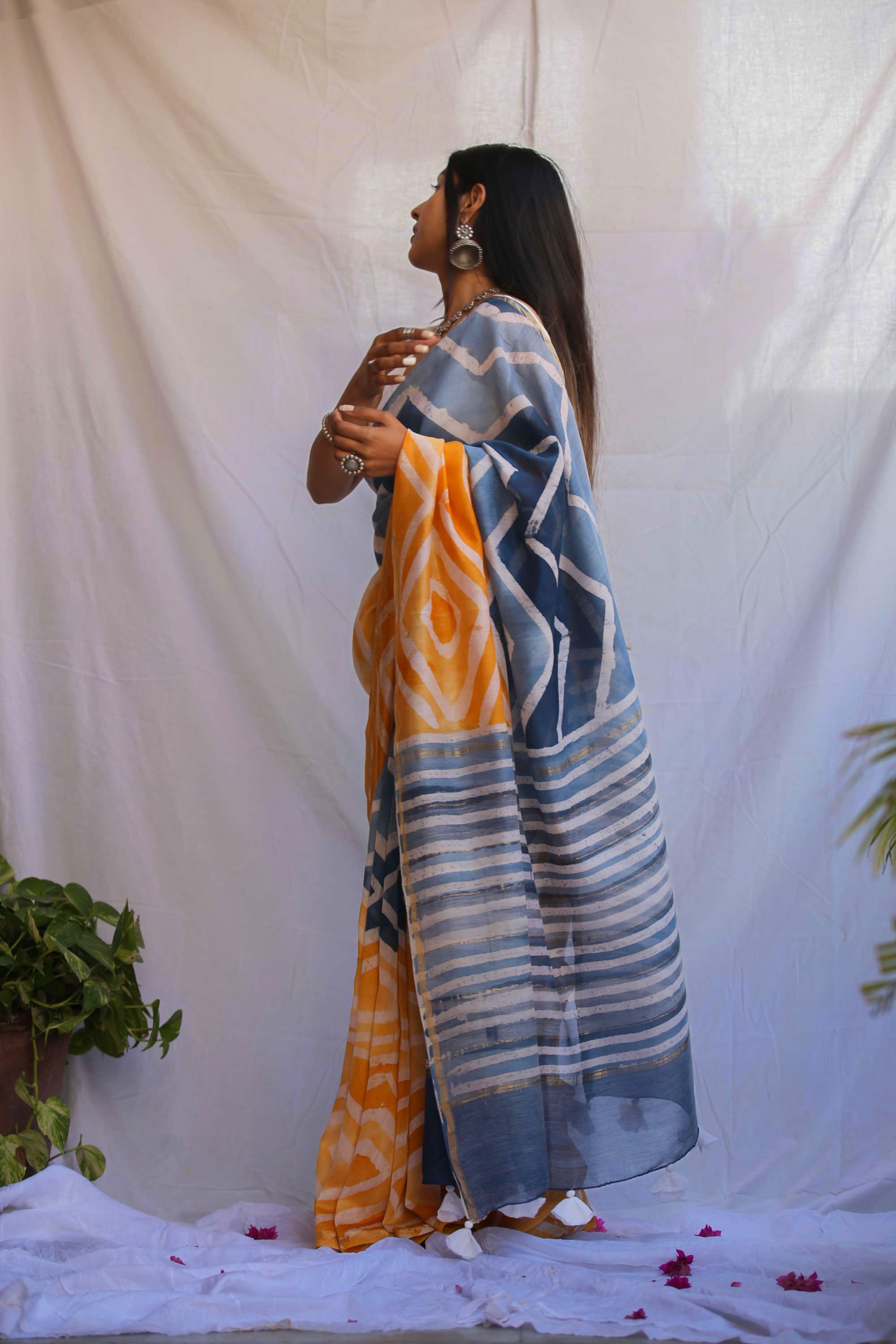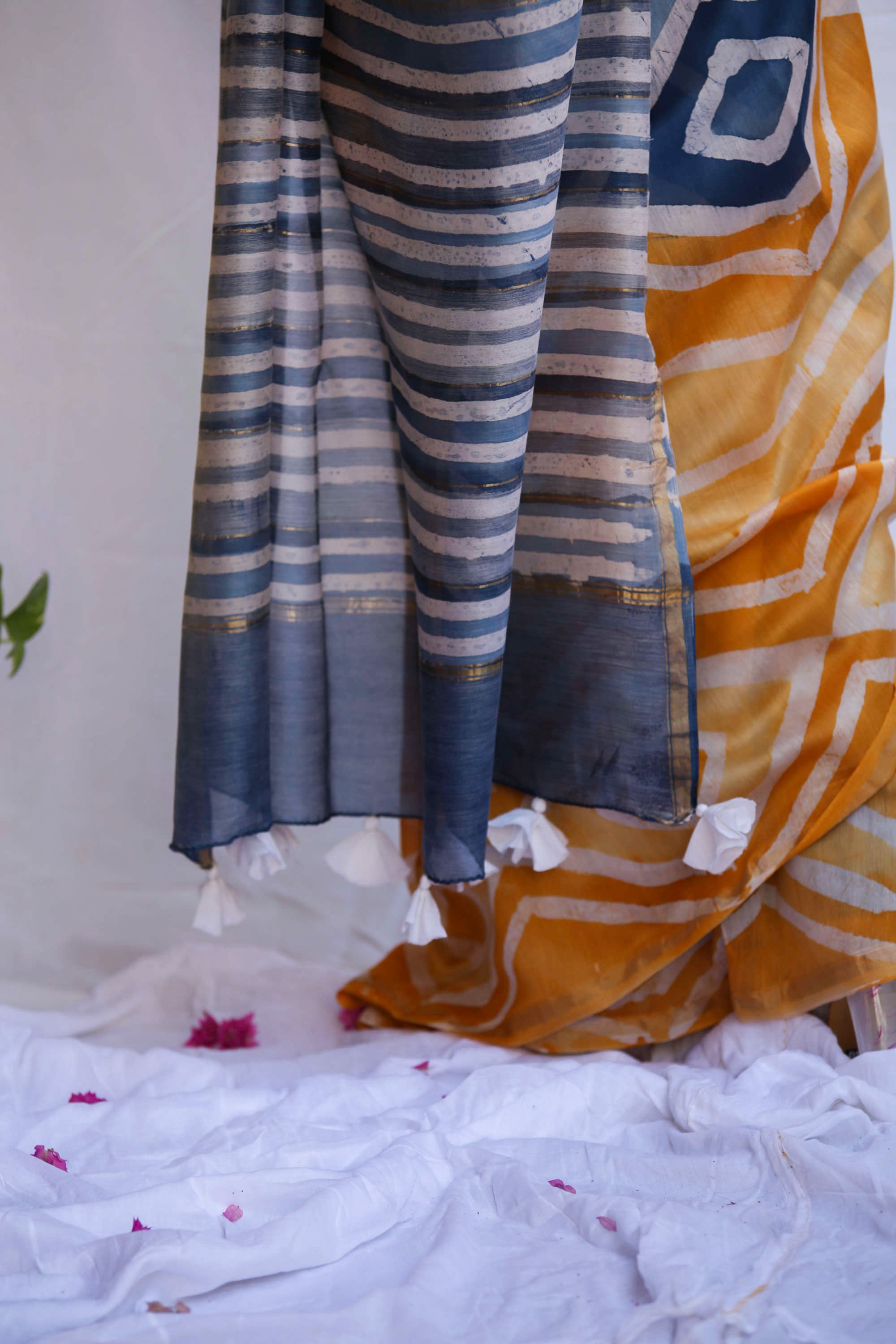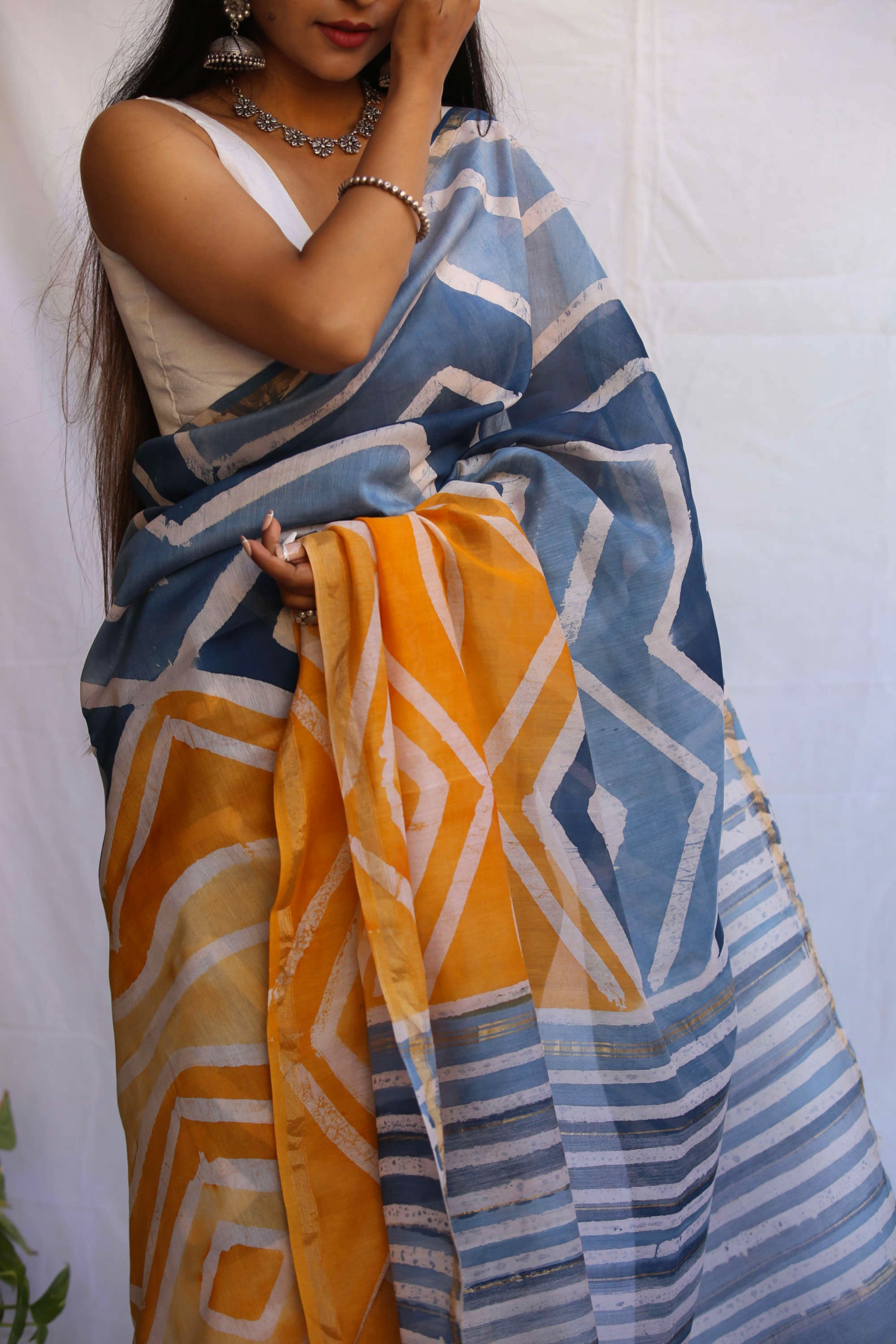Batik Print
Batik printing is a revered textile art form known for its intricate patterns and vibrant colors. This traditional technique, originating from Southeast Asia, particularly Indonesia, involves a meticulous process of applying wax and dye to create unique and beautiful designs. Here’s a detailed look at how batik printing is done and what makes it unique:
How Batik Printing is Done:
-
Fabric Preparation: The process begins with preparing a base fabric, typically cotton or silk. The fabric is washed to remove impurities and ensure that it absorbs dye evenly.
-
Design Drawing: Artisans sketch the desired pattern onto the fabric. This design can range from simple motifs to complex, elaborate patterns, often inspired by nature, culture, or folklore.
-
Wax Application: A special wax, usually a blend of paraffin and beeswax, is melted and applied to the fabric using a tool called a "canting" (a small spouted tool) or a "stamp" (a pre-carved block). The wax acts as a resist, preventing the dye from penetrating the areas it covers. Artisans carefully apply the wax to follow the drawn design, ensuring precision.
-
Dyeing: Once the wax is applied and allowed to dry, the fabric is immersed in dye baths. The dye colors the areas of the fabric not covered by wax. Multiple dyeing stages can be employed to achieve various colors and shades. The waxed areas remain uncolored, creating contrasting patterns.
-
Wax Removal: After dyeing, the fabric is boiled or steamed to remove the wax, revealing the intricate patterns created by the wax resist. This step also helps set the dye and soften the fabric.
-
Finishing: The fabric is rinsed, dried, and sometimes treated with additional processes to enhance its texture and colorfastness. It may also be ironed to smooth out any wrinkles.
What Makes Batik Printing Unique:
-
Resist Technique: The use of wax as a resist is what distinguishes batik printing from other textile methods. The wax blocks the dye from reaching certain areas, creating intricate patterns with sharp contrasts and fine details.
-
Handcrafted Artistry: Each piece of batik fabric is crafted by hand, resulting in unique designs and color variations. The artisanal nature of batik ensures that no two pieces are exactly alike, making each item a one-of-a-kind creation.
-
Complex Patterns: Batik designs can be highly complex and detailed, with layers of wax and dye creating rich, multi-dimensional patterns. The process allows for a wide range of artistic expression, from traditional motifs to contemporary designs.
-
Cultural Significance: Batik has deep cultural roots in Southeast Asian societies, particularly in Indonesia, where it is often used in ceremonial clothing and has symbolic meanings. The patterns and techniques reflect local traditions and heritage.
-
Vibrant Colors: The dyeing process in batik printing produces vibrant and enduring colors, enhanced by the resist technique that preserves the waxed areas in their original state.
Batik printing is a celebrated art form that combines skilled craftsmanship with cultural significance, creating textiles that are both beautiful and meaningful. Its unique process and handcrafted nature make each piece a treasured work of art.

